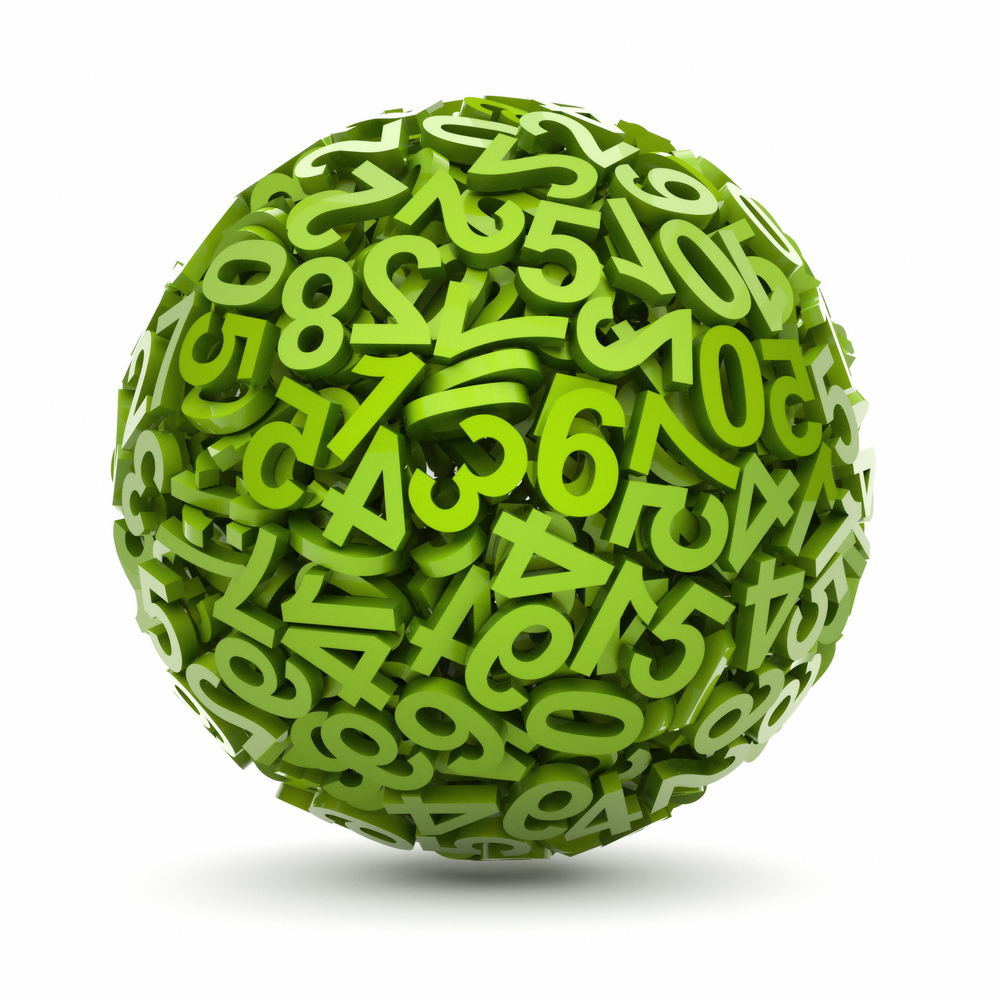|
This section introduces a selection of types of numbers and mathematical operations. The WordsThe SUM of numbers is when they are added together. The DIFFERENCE between numbers is when they are subtracted. The PRODUCT of numbers is when they are multiplied. For the calculation 10 ÷ 2 = 5
MultiplesThe multiples of a natural number are formed by multiplying the number by 1, 2, 3, ... e.g. Multiples of 5 are 5, 10, 15, 20, ... The lowest common multiple of numbers is the lowest multiple that is shared by the numbers. e.g. The lowest common multiple (LCM) of 4 and 6 is 12. FactorsThe factors of a natural number are the numbers that divide into it without any remainder. e.g. Factors of 8 = {1, 2, 4, 8} The highest common factor (HCF) of numbers is the highest factor shared by the numbers. e.g. Highest common factor of 8 and 12 is 4. Divisibility of NumbersThere are some useful "tricks" to help you decide whether a number is a factor of another number. This is called divisibility. Click the numbers below to find out what they are.
Prime FactorsNatural numbers can be written as the product of prime numbers. e.g. 30 = 2 x 3 x 5 Composite NumbersComposite numbers are numbers with more than two factors. i.e. The non-prime numbers. e.g. 12 is a composite number as it has six factors {1, 2, 3, 4, 6, 12} Square RootsThe square root of a number, shown by the sign SquaresThe square of a number is the number multiplied by itself. e.g. 5 2 = 5 x 5 = 25 ReciprocalsThe reciprocal of a number is equal to The reciprocal of 0 is not defined. i.e. The fraction 1⁄0 cannot be calculated. To find the reciprocal of a fraction, turn the fraction upside down. e.g.The reciprocal of 2⁄5 is 5⁄2 A number multiplied by its reciprocal always equals 1. e.g. 3⁄4 × 4⁄3 Most calculators Standard FormNumbers written in standard form are shown as the product of a number between 1 and 10 and a power of 10. e.g. 327 = 3.27 × 10 2 0.46 = 4.6 × 10 - 1 Standard form, sometimes called scientific notation, is often used in science to show very large or very small numbers. Prime NumbersA prime number has only two unique factors − itself and 1. The only even prime number is 2. 1 is not a prime number. The first eight prime numbers are {2, 3, 5, 7, 11, 13, 17, 19} |
